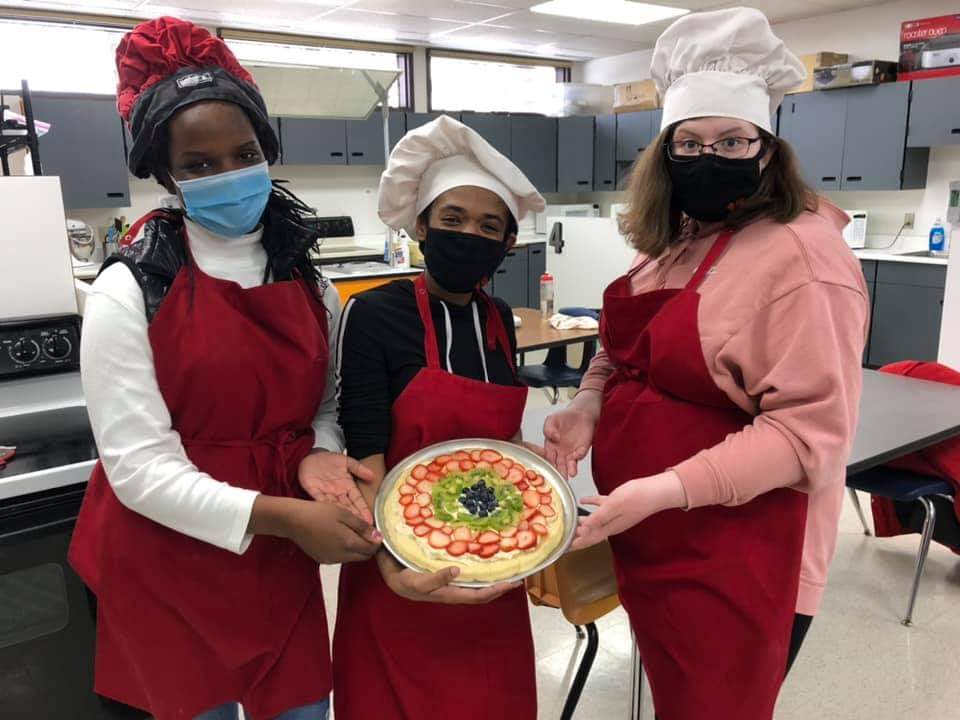Three waves of stimulus funding have sparked ideas and innovation across the public school system as superintendents and their teams lead COVID recovery.
Leaders in the Savannah-Chatham County Public School System and Wisconsin Rapids Public Schools are working through recovery initiatives as they prepare to bring more students back to in-person learning.
“One of the things that is really important for us is helping students and staff reconnect after a year of isolation and total disruption,” says Superintendent Ann Levett of Savannah-Chatham County schools in Georgia. “How do we come back from that? How do we help staff and students and families reintegrate?”
Here’s some of what these two districts are planning:
1. Emerging from isolation
Smoothing students’ return to a more structured learning environment is top of mind in Savannah-Chatham County schools, Levett says.
“We are now having to reteach some social norms, such as the expectations associated with group activities,” Levett says. “We think it’s important to invest in experiences, in some cases simulations, so we all know how to behave when we’re all back together again.”
Levett recently met with a group of 20 high school students to discuss whether there may be a social divide this fall between those who are and aren’t vaccinated.
“We have to invest in experiences that allow us to come together and experience schooling in a way that each perosn to feels safe,” she says.
2. Taking care of staff
Reassigning teachers and adding some full-time educators sit at the top of the stimulus spending list at Wisconsin Rapids Public Schools.

Leaders in the Wisconsin district are now developing a multi-year staffing plan with the $3 million in ESSER II funds they received, Superintendent Craig G. Broeren says.
Administrators will prioritize reducing math and English class sizes in the 2021-22 school year and adding interventionists who will spend more time with students as more return for in-person learning, Broeren says.
“One thing I know for a fact is that virtual or outside instruction is not effective for a good number of kids,” he says. “You cannot replicate what you have in the classroom.”
In Savannah-Chatham County, Levett is planning to provide staff with some “retention dollars” in the form of bonuses or stipends for staff.
“If you hung us with us this whole year, we think you need additional dollars to offset additional expenses you might have incurred during the pandemic,” Levett says.
3. Expanding equity
The pandemic has brought wider urgency to educators’ efforts to build a more equitable and inclusive school system.
“One silver lining of the pandemic is that now everyone knows the words equity, inclusion and diversity,” Levett says. “We brought to everyone’s attention the need for us to look at practices and policies that support inequity.”
For example, at the outset of the pandemic districts across the country scrambled to provide devices, mobile hotspots and solutions to connect all students to online learning.
Educators, policymakers and other stakeholders now have to use stimulus funds to bring similar solutions to achievement, social-emotional learning and other areas of K-12 education, Levett says.
“We’re taking a look at how to address the learning gaps,” she says. “We’re looking at how to focus on not just the summer and the fall but what do we do all of next year and the next to make sure our students have opportunities to accelerate their learning.”









